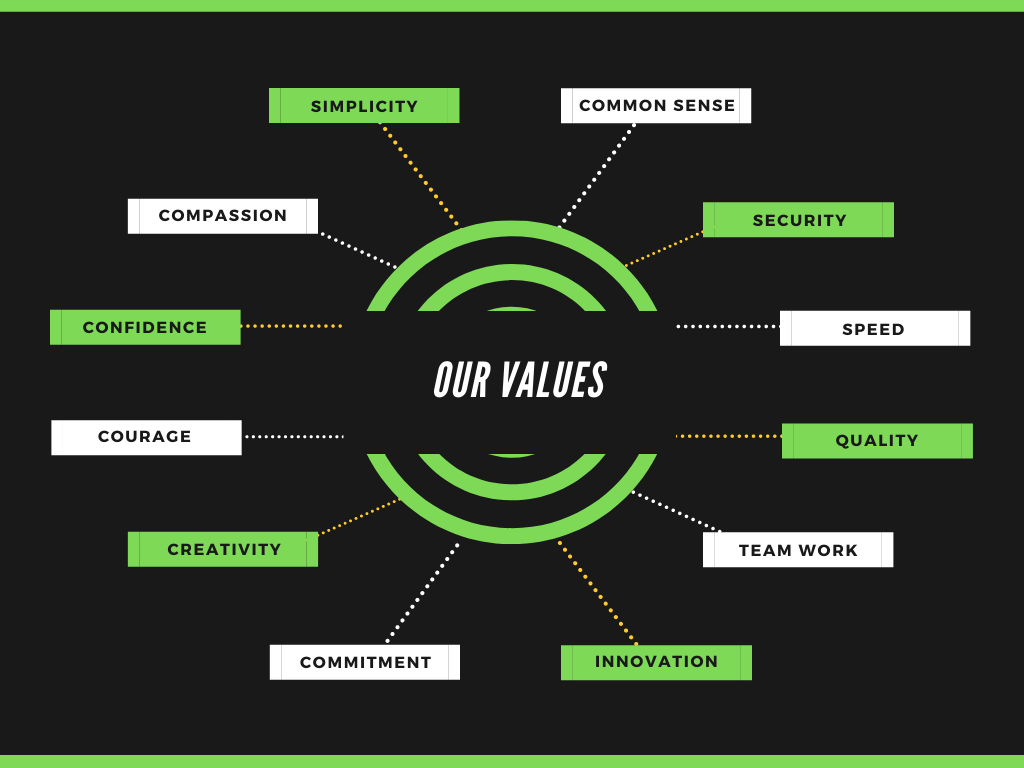A building management system or BMS is a computer-based system installed in buildings to monitor and manage equipment like heating, air conditioning, power systems, lighting and other things. The software and hardware technologies of the building management system were made in the ’60s. Throughout the years, the BMS IT infrastructure grew gradually and added networks, communication protocols and controls.
Nowadays, the building management system has evolved into a series of impenetrable architectures and incompatible components. We, through our platform, intended to break through the chaotic infrastructure and offer access to all software developers.






